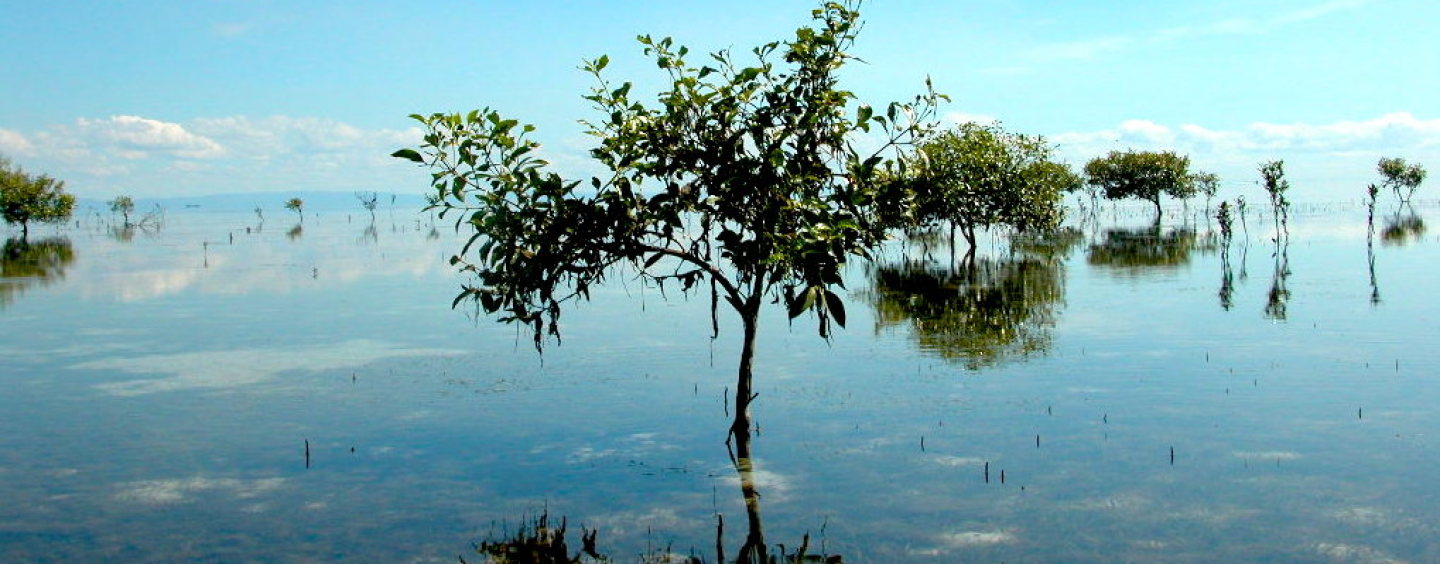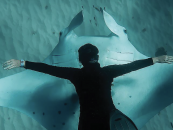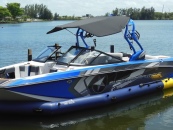Mangroves are a common sight around Moreton Bay and the Gold Coast, fringing local waterways and covering many of the islands found in the bay and open estuaries.
Whether they are along the boardwalks at Paradise Point, Currumbin, Jabiru Island, Macintosh Island or the Southport Broadwater Parklands, local mangrove forests are vital to the health of our marine and freshwater environments.
Many people do not realise it but these unique ecosystems are critical for maintaining the quality of our boating and fishing experiences, supporting healthy populations of fish and maintaining the quality and clarity of our waterways.
Sometimes referred to as the ‘kidneys of the coast’, mangroves play an important role in nutrient cycling – which occurs when crabs and other animals feed on dead or decaying matter, and then return these nutrients to the environment in a form that can be used by animals higher up in the food chain, such as fish.
Mangroves also provide shelter for fish, prawns and crabs, and a place for them to give birth and raise their young. Without these critical habitats, many of the fish species you see while boating on Moreton Bay or cruising the waterways of the Gold Coast would not exist.
In fact, up to 70 per cent of the seafood we eat is dependent on mangroves at some stage, giving these forests high economic as well as recreational value. They support populations of bream, flathead, Moses perch and many others.
Every boatie and fisher loves clean water. Mangroves play an important role in reducing the impacts of boat wash by slowing wave motion down and trapping sediments. If mangroves are removed, wave action from boat wake becomes more powerful and disrupts sediment. This reduces water clarity.
To better understand the link between mangroves and the fish communities in our estuaries, Healthy Land and Water has undertaken a research project with the University of Sunshine Coast. To date, the research team has surveyed 22 estuaries in South East Queensland, gaining a clearer understanding of how estuarine habitats such as mangroves, seagrasses and areas containing woody debris or rocky outcrops support a productive marine environment.
As more people move to South East Queensland, drawn by the outdoor lifestyle benefits we enjoy, the results of this research will inform strategies that ensure the natural assets that make our region so attractive in the first place are not lost.
About Healthy Land and Water
Healthy Land and Water was formed in 2017 after two of South East Queensland’s most experienced natural resource management groups – Healthy Waterways and SEQ Catchments – merged to form one entity.
It is an independent, not-for-profit organisation working to develop science-based solutions to local environmental challenges, and to improve the sustainable use of our land and waterways.
Whether it is removing plastic and other forms of marine debris from waterways, repairing gullies and streams to reduce erosion, or harnessing the power of its extensive networks to deliver innovative real-world solutions, Healthy Land and Water works to maintain the health and resilience of our region, and the wellbeing of local communities.
/Sep-Dec2017



























